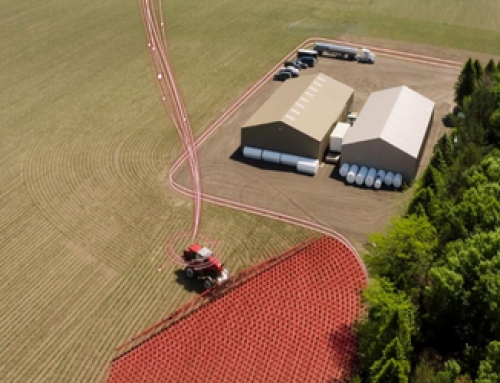Source: Pioneer news release
Winter wheat, unlike its more temperate cousins, is typically planted in September and October. It then goes into dormancy over the winter months and begins growing again in the spring. With winter wheat experiencing many different growing conditions, it is important to select the proper variety, apply the right fertilizer and plant on optimum dates.
“Like any crop, wheat variety selection is key to setting yourself up for yield success,” said Scott Eversgerd, Pioneer Field Agronomist. “We want to make sure we have the right varieties on the right acres for the right reasons.”
Growers should select varieties based on maturity and field conditions. For example, varieties with good standability should be planted in manured fields or high-nitrogen-management scenarios where additional lodging pressure is likely. Furthermore, varieties highly susceptible to Fusarium head blight should not be planted after corn.
Managing Fusarium head blight, or head scab, can be difficult in-season, so getting ahead of it is crucial and takes a multi-faceted approach:
*Planting after soybeans has a lower risk than planting after corn
*Select a variety that has a good genetic defense against head scab
*Apply labeled fungicides at correct timings and rates
Aphids, attracted to lush wheat, will also infest early planted, thick wheat. A fungicide/insecticide seed treatment is recommended to guard against seedling diseases and fall infections of the barley yellow dwarf virus transmitted by aphids.
It is also important to have an accurate soil fertility test on the field, applying phosphorus (P) and potassium (K) as needed. Phosphorus is important for establishing a stand and for fall growth. As the soil cools, P availability becomes limited, so adequate soil amounts must be maintained.
When ready to plant, growers have traditionally been told to observe the Hessian fly-free date for their areas. The optimum planting date for winter wheat ranges from about two days before to 14 days after that date.
“Planting wheat too early can advance the wheat one or two growth stages in the fall, putting the growing point above the ground,” said Eversgerd. “A cold spring can put the wheat at risk of freeze damage or winterkill.”
While optimum seeding rates range from 1.4 million to 1.6 million seeds/acre, planting in less-than-ideal conditions can alter the rate. When planting into no-till fields, or if planting late in the fall, it is recommended to increase rates to 1.6 million to 2.0 million seeds/acre to compensate for possible lower stand establishment rates and a lack of fall growth and tillering.



